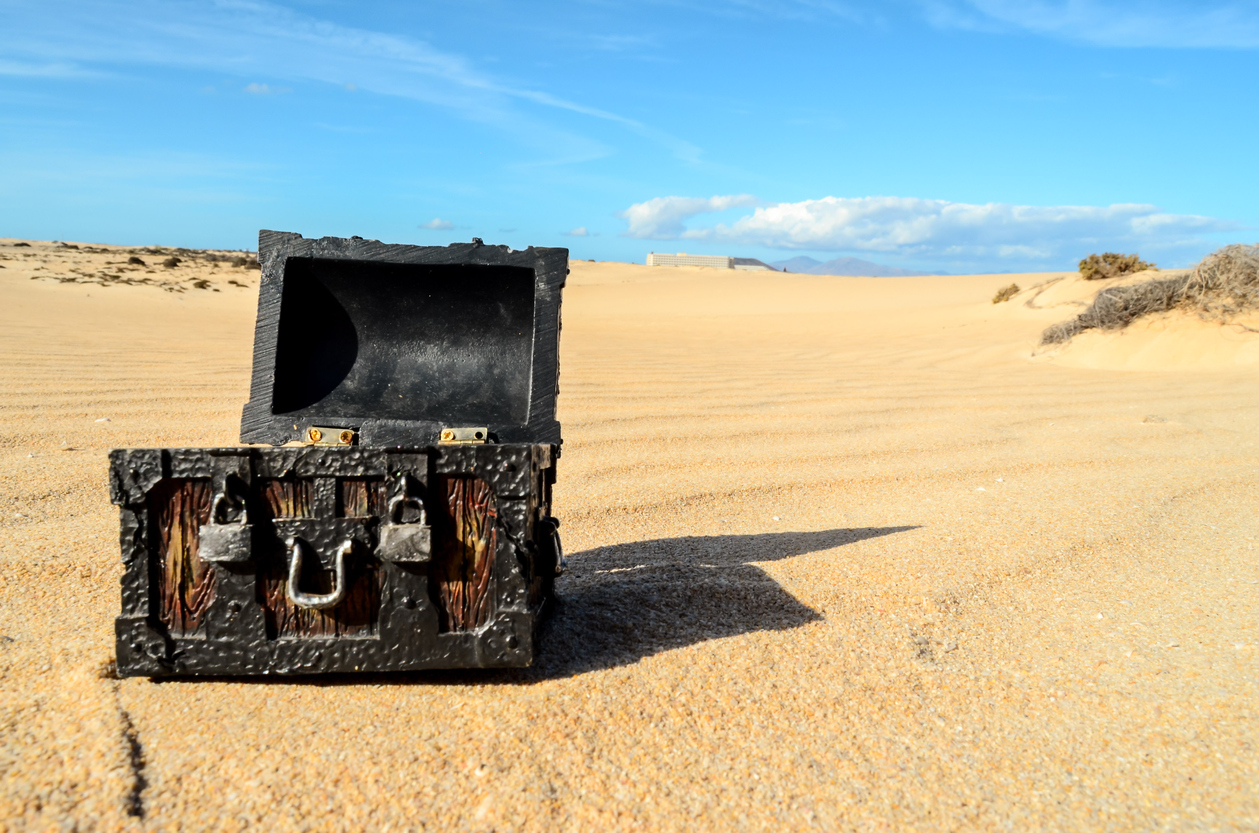How a Treasure Hunt Helped Create “Citizen Scientists”

How the Whole World Created an Underwater ROV
Looking for treasure, specifically gold, has motivated many adventurers and explorers throughout history. More recently, a modern treasure hunt was the inspiration that helped give ordinary people around the world the chance to become underwater explorers.
Taken a step further, these explorers can even share their data and discoveries with people from around the globe and solicit help if they need to, permitting anyone to become a “citizen scientist” from wherever they may be.

In 2012, David Lang and Eric Stackpole were looking for buried treasure in a cave about 6 hours north of San Francisco. According to NPR, they had been captivated by the story of two men who’d stolen over a hundred pounds of gold from a mine during the Gold Rush.
Pursued by police, they hid the gold in a cave so that they could continue their escape unhindered. When the men were eventually caught, they confessed to leaving the gold somewhere in Hall City Cave.
At the back of this cave is an underwater cavern, rumored to be bottomless. Maybe not the best place to stash your booty if you were hoping to retrieve it one day! But this is where the treasure hunters were certain it must be.
At least one scuba diver had previously attempted to retrieve the gold, but gave up completely after almost dying in the attempt. Lang and Stackpole decided that, rather than risking their lives, they would send down a remote operated vehicle (ROV).

These types of underwater exploration drones already existed and were used by gas and oil companies, but they cost tens of thousands of dollars. That was a prohibitive amount for the two treasure hunters. Not deterred, Lang and Stackpole decided to build their own.
However, they knew that they needed help, so they created the website OpenROV and put all of their ideas, prototypes, and development issues on it for anyone to see and help.

Eight months and 21 prototypes later, with a lot of help from people who also made things like ROV’s as a hobby, as well as from those who used similar equipment for work, Lang and Stackpole were ready go to the cave and find the gold.
Although their ROV, about the size of a toaster oven, worked well, the two explorers did not find the treasure that had been the initial inspiration for building it.

However, they did have another idea. After their story became publicized, others wanted kits to make their own ROV. Lang and Stackpole, who wanted to make exploration accessible to those, like themselves, without a huge amount of money, decided to make the kits so that anyone could build an underwater exploration robot.
They reached their project’s funding goal on Kickstarter within two hours, and they have sold thousands of their ROV kits while still keeping all the information about its design and creation online for anyone to access and offer ideas for improvement.

The BBC reports that Lang and Stackpole’s original kits cost less than $1,000, a far cry from the price of the ROVs used by gas and oil companies. They have since created an ROV named Trident that, although it costs a bit more, is already assembled.
According to Popular Science, it can dive to 328 feet and is able to move more quickly and precisely than the one before.
Different modifications such as water samplers or improved lighting can also be added to the ROV based on the buyer’s needs and what they will be using it for.

Additionally, Lang took his crowd sourcing website idea to a new level, creating Open Explorer. According to National Geographic, this website was created to allow “citizen scientists” to share data, field journals, notes, explorations, projects, or ideas with people from all over the world.
Similarly to how OpenROV helped Lang and Stackpole design and build their ROV, Open Explorer is intended to help connect people and allow them to further their discoveries with the support of anyone else on the platform.
Lang’s goal is to make science and exploration available to all. In 2018, National Geographic acquired Open Explorer and is helping the platform expand, allowing even more people to participate in what Lang considers “a new golden age for exploration.”
Lang and Stackpole’s story shows that even a failed search for gold can lead to amazing discoveries, though they might not be the ones originally intended. Starting out with just a map and an urban legend, the two men created an open source platform and two different ROVs.
By pursuing their goal to make exploration accessible to the average person, the inspiring duo have created an accessible community that democratizes exploration science, by connecting professionals and amateurs from all over the world.
